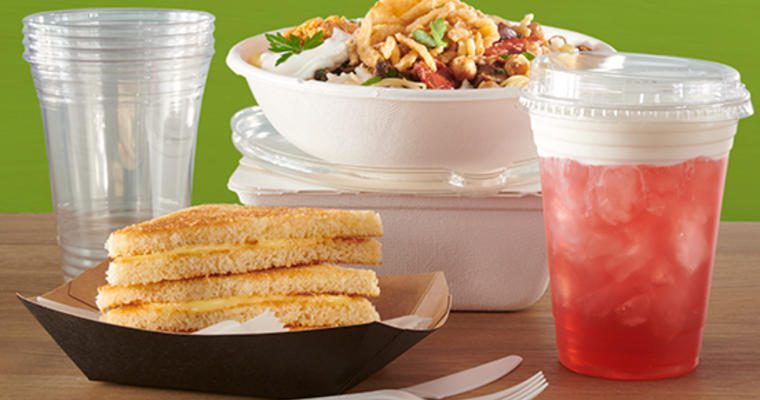Operators have many considerations as they target growth and profitability in 2020. Field research in New York, Chicago and Los Angeles, combined with data research and individual customer engagements during the past 18 months, Gordon Food Service has identified five trends commercial operators should have on their radar.
1. Consumption through technology
Consumers are increasingly employing technology to order, pay, pick up and/or have food delivered. The NPD Group reports using technology to order food grew 23% from 2014-2018 and 22% growth is expected through 2020, mostly through delivery. As the traditional takeout model changes, operators should weigh these factors:
- Menu of mobility. Analyze the current menu and whether the ability to create the in-house consumer experience off site is necessary.
- Technology choices. Many third-party delivery services offer tech-enabled ordering and delivery solutions. Contracting with multiple companies may broaden reach.
- Execution evaluation. A careful review of staffing, staging and execution of off-premise consumption is required.
- Packaging. Packaging must serve execution—hot food must be kept hot and cold food kept cold to recreate the in-house dining experience as closely as possible.
2. Employee retention
Hiring remains a major challenge, so a focus on retention tactics is critical:
- Enhanced benefit packages. Think combinations of insurance, low co-pays, employee incentives and other perks.
- Unlimited time off. Operators able to grant any time off, any time speak to the work-life balance today’s workers seek.
- Empower and engagement strategies. Empowering staffers to meet customer needs and being transparent about business plans and goals can develop a sense of ownership.
- Communicating through technology. Workers, especially younger ones, are more at home with communication boards, staffing solutions and other technology tools.
- Advancement and reward. Operators are developing more meaningful/aspirational rewards and titles that recognize successfully acting on empowerment.
- Consumer-focused training. Guest empathy—being nice to who you serve (and work with)—makes the workplace more pleasant.
3. Transparency accelerates
Consumers expect operators to be more transparent about their food and their business. L.E.K. Consulting identifies five issues important to consumers that can establish a competitive advantage:
- Natural—organic, no GMO or clean label.
- Ethical—cage-free, Fair Trade sourced or locally produced.
- Enhanced—protein enriched, antioxidant enriched or Omega 3s.
- Less of—no salt, no sugar or low-calorie.
- Alternative lifestyle—keto, plant-based, vegan or paleo.
4. Experience equation
Today’s consumers can access food anywhere, any time and any place. Each moment of contact can result in consumer evaluation. But consumers who commit more time and money to full-service occasions will expect more. Try these approaches:
- Focus on hospitality rather than service.
- Make each dining experience unique for each guest.
- Teach employees the necessity of kindness, patience and personal engagement.
Consumer experience also matters in off-premise consumption:
- All interactions must be fast and easy.
- Look for customer engagement moments.
- Pre-ordering and pre-pay options lead the list of technology musts.
5. Cutting-edge concepts
Keep an eye on these emerging operational formats as you’re looking for new ways to drive organizational growth:
- Ghost kitchens. There’s no front-of-the-house component and an emphasis on third-party delivery service. Example: Seaside’s To Go in Chicago.
- Food halls. Combining multiple concepts and owners under one roof creates a meal destination. Example: Corporation Food Hall in Los Angeles.
- Virtual kitchens. These one-owner concepts employ technology making it easy to access multiple concepts in a food hall format. Example: Sous Vide Kitchen in New York City.
- Vending solutions. Extend foodservice brands to vending machines. Example: Farmer’s Fridge in Chicago.
- Meal subscription services. Employ third-party delivery services to support a subscription service offering meals from multiple restaurants. Example: MealPal.
- Turnkey off-premise solutions. This model allows restaurant brands to outsource all production of off-premise consumption. Example: Kitchen United.




























